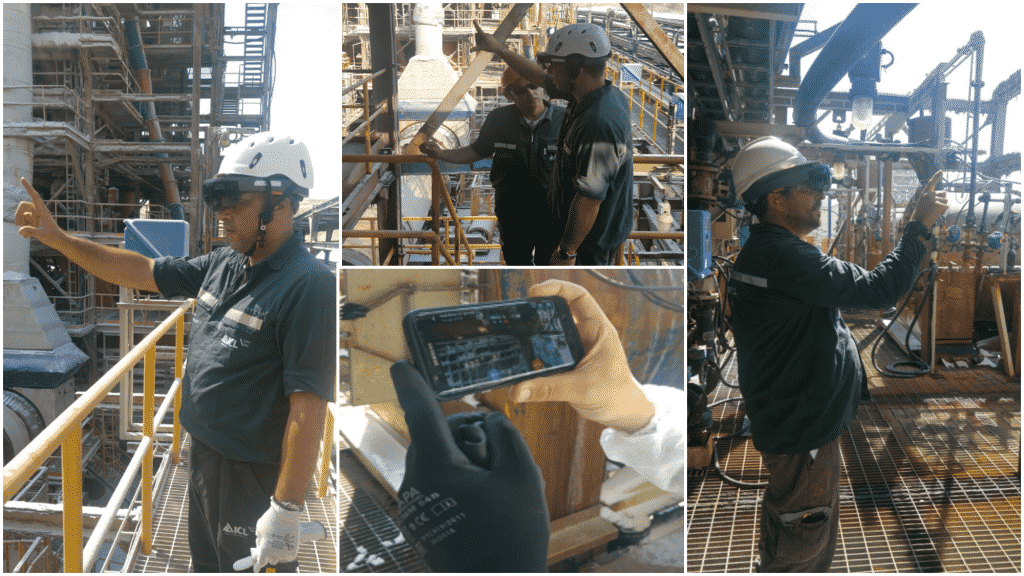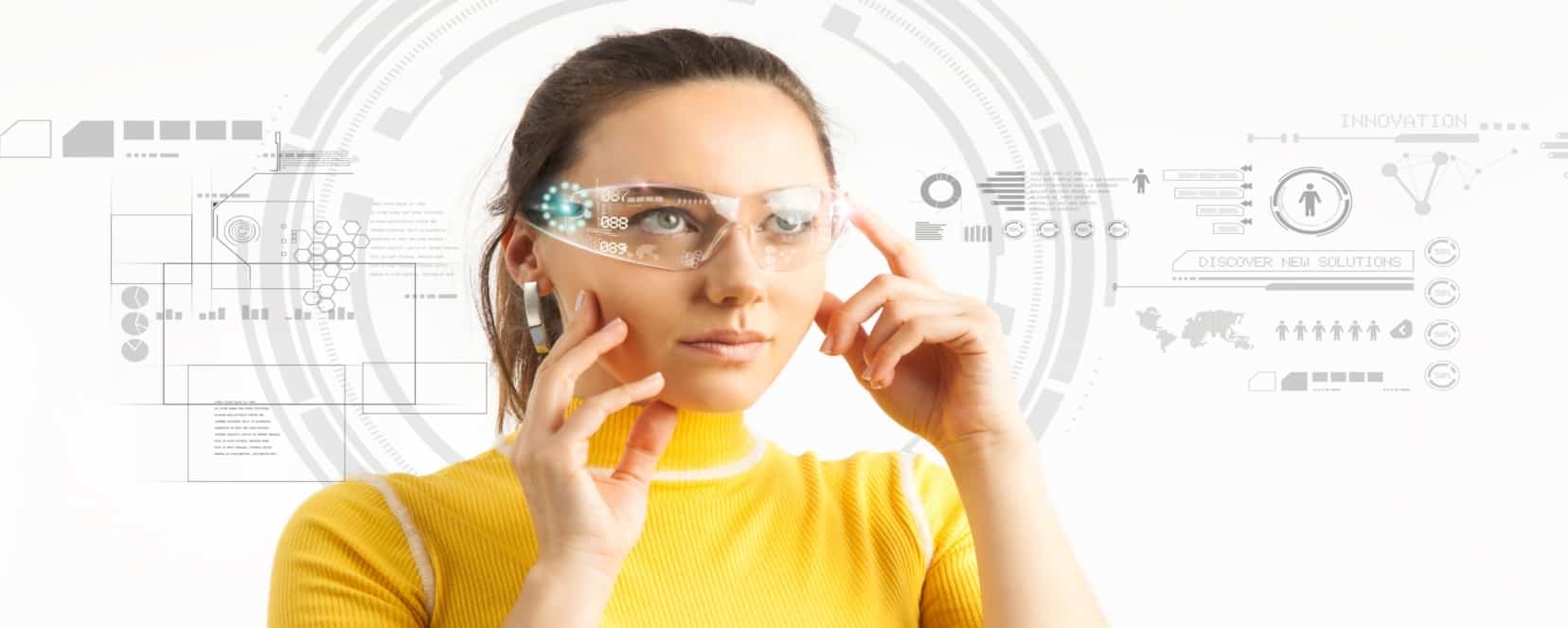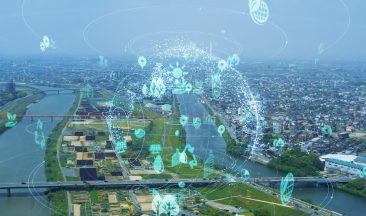Augmented reality (AR) is one of the biggest technology trends right now, and it’s only going to get bigger as AR-ready smartphones and other devices become more accessible around the world and technology to support these systems grows in leaps and bounds.
What is AR?
Augmented reality (AR) is an interactive experience of a real-world environment, where the objects in the real world are enhanced by computer-generated information to produce an augmented view of the world around us.
Our earliest and most familiar daily use of augmented reality is in GPS navigation in our vehicles, where information from the satellite is overlaid with information about our surroundings, and in the now-famous Pokémon Go app where players find and capture Pokémon characters that pop up in the real world—on your sidewalk, in a fountain, even in your bathroom.
What is the difference between AR and VR?
Augmented and virtual reality have one big thing in common. They both have the remarkable ability to alter our perception of the world. Where they differ, is the perception of our presence.
Augmented Reality takes our current reality and adds something to it. It does not move us elsewhere. It simply “augments” our view or if you wish our current state of presence, often with clear visors.
Virtual reality (VR) replaces what people see and experience. Augmented Reality (AR) glasses are transparent, and let us see the real world, on whose image they project data and relevant information, while Virtual reality (VR) glasses completely block out the outside world and project a different world onto our eyes.
More on the subject:
The Use of AR and VR In Industry and Commerce
Augmented and virtual reality in many industries have brought real change to production, and have significant, far-reaching consequences for large companies and their on-site employees.
AR glasses provide access to vital information to the person wearing them while they are moving around the operation site (in the real world), take photos, and broadcast exactly what they are seeing at that moment.
AR has multiple applications in a variety of commercial and industrial applications:
- Tourism
During the Covid 19 pandemic, businesses and organizations took advantage of AR/VR which allowed them to deliver unique consumer experiences. For example, virtual visits to the Louvre Museum in France.
- Retail
AR and VR enable shoppers to virtually try on makeup from anywhere with engagement increasing seven-fold so that more than 50 million shades of foundations were tried out digitally with the app.
Furniture and housewares giant IKEA offers an AR app that lets you see how a piece of furniture will look and fit in your space.
- Training, Knowledge Transfer, and Maintenance
AR is used for training new workers or even guiding more experienced workers through various workflows, like performing routine maintenance on the gearbox. In addition, AR can provide access to dashboards and other vital information from control rooms.
Other industrial applications of AR include remote problem solving where experts can see exactly what local engineers and field technicians see and collaborate with them from afar.
- Process, Product Design, and Development
Augmented reality in manufacturing allows users to place virtual equipment in the real world to check whether it will fit in the allotted space before actually spending the money and time to install it in real life.
Concepting and prototyping can be time-consuming and resource-intensive tasks. With AR, engineers can create digital overlays to see what features will look like before committing to expensive tooling and equipment.
- Assembly and Quality Control
Another application of augmented reality in the manufacturing industry is in the assembly process.
Blueprints or simple assembly instructions, placing renderings of bolts, cables, and part numbers can be in an employee’s direct line of sight to aid with work and assembly instructions.
Other applications are in quality control and order picking. While human interaction is still needed, augmented reality can improve the process by supplying quick access to information

AR benefits
Even the slightest unresolved problem in the field can cause the loss of millions to the company. Therefore, extensive support of field service technicians is essential for industries, irrespective of their size and scale.
AR-based remote technical support can serve this aim effectively on a 24/7 basis. Augmented Reality technology not only enables the service experts to solve any critical issues but also shows necessary instructions in real-time.
An augmented reality solution for technical support enables technicians to see what the customer or operator sees, using a video stream from the AR glasses. This approach prevents delays and incorrect actions caused by miscommunication.
These features of an augmented reality technical support system—“see what I see” and enhanced instructions—not only increase the chances for a first-time, one-call fix but change the way enterprises do business.
In warehouses, the wearable can help workers with augmented “visual picking” tasks, as more information about objects on the shelves appears on the screen.
ICL and AR
The revolutionary use of augmented reality glasses in ICL’s operation sites provides the workers in the field with remote technical support, the ability to access information, and the correct and fastest way to fix malfunctions.
Wearable technology such as VR and AR (virtual and augmented reality) are used to improve our ability to receive and access data, which enhances ICL’s operational, maintenance, and safety routines in a variety of fields.
Through the use of VR and AR, ICL’s innovation and operational team increase engagement in employees and job training abilities, while creating a rich, immersive and interactive experience by accurately and easily operating and maintaining production equipment while being supported, assisted, and supervised from afar by visual and auditory sensors and employing the Internet of Things (IoT), wearable equipment, autonomous operation, and machine learning.
ICL’s Industry 4.0 innovation is leveraging the advantages of augmented and virtual reality to benefit our clients, the environment, and the global community as a whole.







